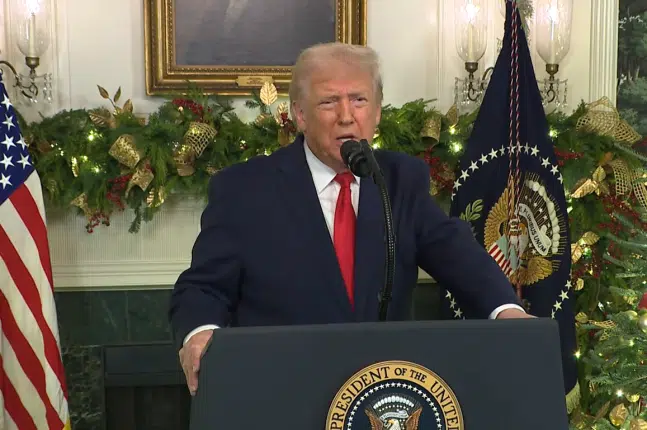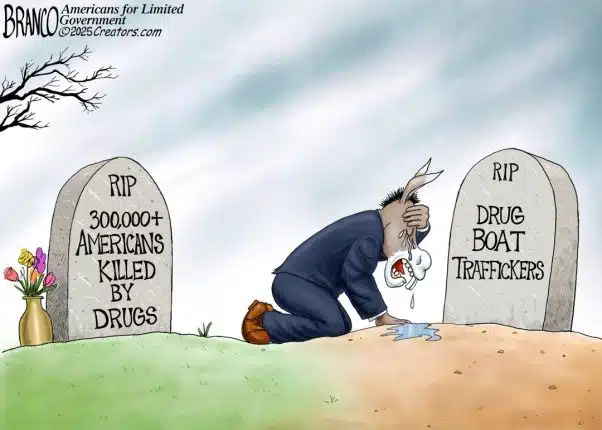NRD Editor’s Note: This is part 2 of a multi-part series. Click here to read part 1, What happens if the Supreme Court overturns ObamaCare?
 By John Vinci — This is the second of three articles examining three potential outcomes of the upcoming Supreme Court ruling on Obamacare’s constitutionality. Yesterday we examined what happens if the Supreme Court overturns Obamacare in its entirety. Today, we examine what happens if it is overturned only in part.
By John Vinci — This is the second of three articles examining three potential outcomes of the upcoming Supreme Court ruling on Obamacare’s constitutionality. Yesterday we examined what happens if the Supreme Court overturns Obamacare in its entirety. Today, we examine what happens if it is overturned only in part.
Unless the Supreme Court changes its schedule, it will hand down a decision on the constitutionality of Obamacare’s “individual mandate” either this Thursday or the following Monday.
If the Court finds Obamacare’s individual mandate unconstitutional, then the question will be how much of Obamacare will it overturn, or “sever” from, the law.
There is a wide spectrum of possibilities, the foremost of which include:
1) Severing just the individual mandate itself;
2) Severing the individual mandate along with Obamacare’s “guaranteed issue” and “community rating” provisions;
3) Severing the individual mandate, guaranteed issue, and community rating provisions—plus the health insurance exchanges and other insurance reforms; or
4) Overturning the entire act.
Severing just the individual mandate
“Death spiral.” That’s the technical term that that insurance experts use to describe what will happen to the health insurance industry if the Supreme Court overturns Obamacare’s individual mandate but leaves the rest of the law intact.
Obamacare bans health insurers from denying insurance to those with pre-existing conditions. This is called “guaranteed issue.” Obamacare also bans many health plans from charging different prices for the same level of insurance based on medical history or health status. This is called “community rating.”
Guaranteed issue and community rating are not new. Certain states have tried to implement these “reforms” before, but with catastrophic results. [1]
As you might expect, if you require insurers to take all comers, the healthy will wait until they are sick enough to need insurance before purchasing it. The result will be that health plans will have a higher percentage of sick people and more medical bills to pay. Inevitably, the insurance companies will have to raise their premium prices, and higher prices will lead to fewer people purchasing insurance. In short insurance companies in this scenario are destined to go out of business, competition will plummet, and consumers will suffer.
Insurance experts call this cycle a death spiral.
Massachusetts enacted an “individual mandate” to force even healthy people to buy insurance and thus to prevent a “death spiral” effect.
The individual mandate, then, is not a reform, but instead is an attempt to create a fix for a couple of flawed reforms.
So, extreme is the position that only the individual mandate should be severed, that not even the Obama Administration argued for it. The Supreme Court actually had to hire an independent attorney to make this argument.
Severing the Individual Mandate + guaranteed issue and community rating
But, just as the guaranteed issue and community rating provisions are dependent on the individual mandate, so other provisions are dependent on guaranteed issue and community rating.
Just one example is the so-called “three R’s” of reinsurance, risk corridors, and risk adjustment. Because Obamacare requires insurers to accept applicants regardless of pre-existing conditions, Congress created a complex system to level the playing field. At risk of oversimplification, the three R’s transfer money from health plans with few high risk people to plans with many high risk individuals. But the three R’s make no make sense without guaranteed issue and community rating.
Severing the individual mandate + guaranteed issue and community rating provisions + other miscellaneous Supreme Court identified provisions
Obamacare is a bureaucratic web of a law. Most of its provisions do not stand alone but are interconnected and dependent upon other provisions of the law.
There may be endless permutations of what the Supreme Court might cut from the law. But the Court is already loath to overturn any congressional Act. Its justices certainly do not want to go through the entire Act picking and choosing. Justice Scalia asked the Obama Administration’s attorney
You really want us to go through these 2,700 pages? And do you really expect the Court to do that? Or do you expect us to give this function to our law clerks? Is this not totally unrealistic? That we’re going to go through this enormous bill item by item and decide each one?[2]
Nor was it just the conservatives who felt this way. Admitting that he had not read Obamacare in its entirety, Justice Breyer asked, “So what do you propose that we do other than spend a year reading all this and have you argument all this?” [3]
At the end of the day, whatever the Supreme Court decides to sever, the power to clean up this mess will reside at the U.S. Capitol and 1600 Pennsylvania Avenue. Who will occupy these buildings will be decided this November by the American people.
John Vinci is a staff attorney with Americans for Limited Government and is the editor in chief for the www.obamacarewatcher.org website.
__________________
[1] James C. Capretta, The New Atlantis, “insurance dealth spiral (date unknown) http://www.thenewatlantis.com/blog/tag/diagnosis/insurance-death-spiral.
[2] Transcript of Oral Argument at 38, NFIB v. Sebelius, U.S. Supreme Court Docket No. 11-393, argued March 28, 2012 available at http://www.supremecourt.gov/oral_arguments/argument_transcripts/11-393.pdf.
[3] Id. at 23






